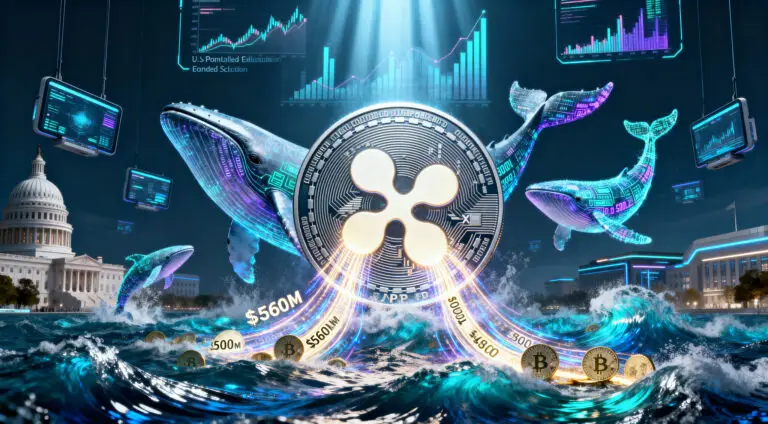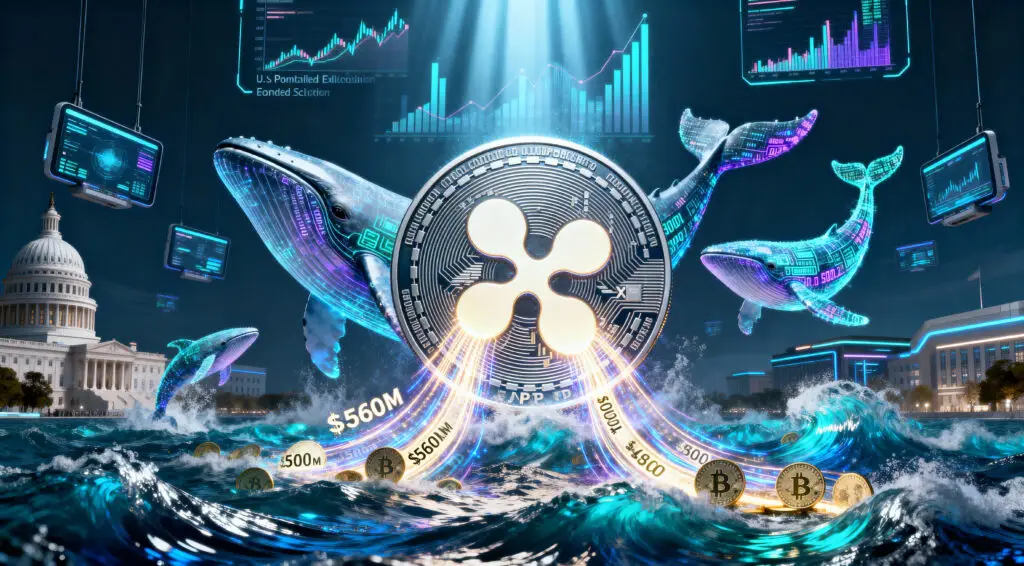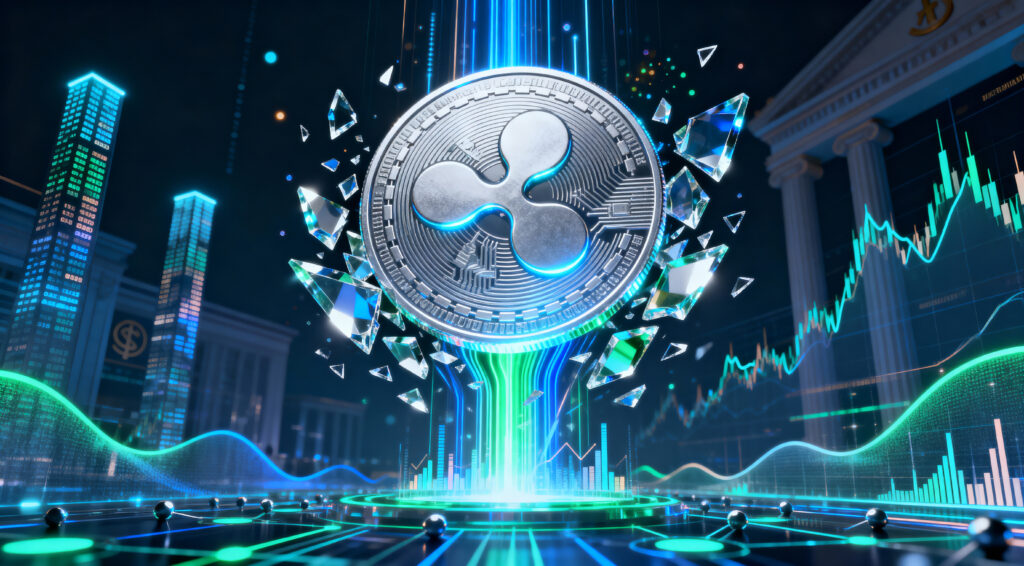This type of purchasing is driven by a fear of prospective price increases while creating an economic “activity” that is “artificially high.” The result is that we risk falling into a sharp slowdown, as noted by Chicago’s Federal Reserve president, Austan Goolsbee. While Goolsbee’s claim of preemptive purchasing taking place is accurate, the impacts for the economy, both long-term and short term remain to be seen.
The Rush to Stock Up: Businesses Prepare for Impact.
Goolsbee, while speaking on CBS’ “Face The Nation” on Sunday, remarked, “That kind of preemptive purchasing is probably even more pronounced on the business side.” He stressed how businesses are amassing stockpiles in anticipation of potential supply chain disruptions and increased costs from rising tariffs. “We heard a lot about preemptive building-up of inventories that could last 60 days, 90 days, if there [was] going to be more uncertainty.”
This rush to stockpile inventory is most vividly seen in the auto industry, where parts are heavily reliant on imported goods. Because many components for cars and electronics are manufactured in China, which is currently facing a staggering 145% total tariff rate on goods imported to the United States, businesses are scrambling to secure imports before further restrictions permanently inhibit access.
Accelerating Purchases: Ordinary Citizens Join the Frenzy.
The sudden acceleration of economic activity has been greatly contributed by everyday consumers as they make purchases with the hope of avoiding increasingly expensive prices in the future. This “panic buying” behavior can be seen in the purchase of high-value products such as the Apple iPhone, which many are opting to buy right now instead of waiting till fall.
Artificially Inflated Activity: An Impending Economic Cliff
Goolsbee highlights that the spending spree might produce “artificially high” economic mdicators for the bidenomics in April which would then sharply decline the subsequent months. “Activity might look artificially high in the initial, and then by the summer, might fall off — because people have bought it all,” he posited.
Businesses In Distress: The Burden of Tariffs
Some business owners are seeing the effects of the tariffs hit as an immediate economic cost . Matt Rollens, who is the Owner and CEO of a California-based novelty drinkware company, Dragon Glassware, states that he is currently sidelining his stock in China due to paying the 145% levy will force him to inflate his prices by at least 50% which would obliterate consumer demand. According to him, he has enough stock in the U.S. to last until June and wishes for the tariffs to be retracted by then.
Pause For The Next 90 Days: Balancing on a Tight Rope
Currently, Trump’s tariffs on a range of countries are under a 90-day pause, applying a baseline tariff of 10% on all goods imported into the United States. This pause is set to thermally end on July 9 and Trump has already claimed he will be settling tariff talks with foreign leaders before then. Examining these statements, Goolsbee said: “We don’t know, 90 days from now, when they’ve revisited the tariffs, we don’t know how big they’re going to be.” Speculating about border policies has its consequence.
Long-Term Optimism: A Glimmer of Hope
Though Goolsbee pointed out the immediate cost and chaos, he remained hopeful about the nation’s economic prospects in the longer-term. “Let’s remember: the hard data coming in in April was pretty good. It was around a full-employment level, inflation was cooling, the unemployment rate was…” He also added, “It’s just a hope of people saying they don’t want to go back to ‘21 and ‘22 when there was an uncontrolled inflation out of control,” he said.
Yet, the primary focus is still managing the potential economic rollercoaster that may arise from panic buying and inventory stockpiling resulting from Trump’s tariffs. The next couple of months will show if the country is able to manage the inflation without a steep economic decline after the boost created from the surge in activity.















